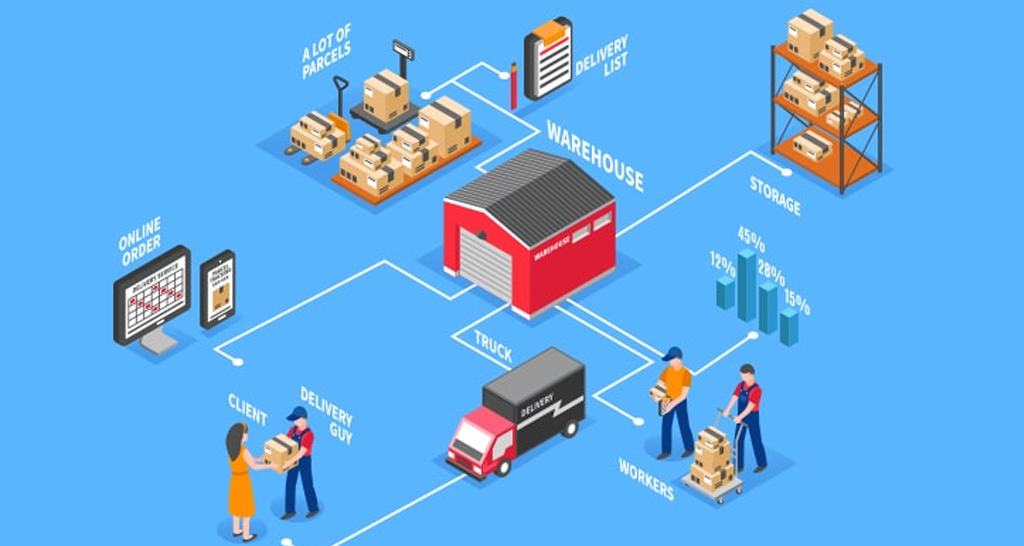Understanding the shipping process for e-commerce retailers is no easy task. From navigating international trade regulations to managing multiple carriers, there are several complexities involved in getting products from China to customers’ doorsteps around the world.
But with increasing consumer demand and rapid technological advances, businesses must now be prepared to take on this challenge if they want to stay competitive. This article will provide an overview of the logistics behind bringing Chinese goods into brick-and-mortar stores or directly into consumers’ hands, as well as tips for how companies can ensure their shipments arrive quickly and safely. It’s time to learn how global commerce works – from China to your doorstep!
Evaluating Shipping Options and Costs
E-commerce retailers must evaluate various shipping options and costs when making the move from China to their customer’s doorsteps. To make sure they are getting the best value, these businesses need to consider factors such as delivery time, the weight of the package, and cost per package.
Delivery time can vary considerably depending on which shipping method is chosen; for example, express services may be more expensive but will get packages delivered much faster than standard services. Additionally, certain carriers specialize in certain types of products or have different rates based on size/weight so choosing a carrier that fits your product type can help minimize shipping costs.
When selecting an optimal route for deliveries from China, e-commerce retailers should also take into account customs regulations and taxes that may apply depending on the destination country or region. This includes researching tariffs and duties associated with importing goods from abroad as well as any other paperwork that needs to be completed before the shipment arrives at its final destination.
Finally, the tracking information should always be included with each shipment in case there are any issues along the way so customers know where their orders stand every step of the way. With careful consideration given to all aspects of international shipping, e-commerce retailers can ensure the stress-free movement of goods across borders while optimizing cost savings at every turn.
Dealing With Customs and Regulatory Issues During International Shipping

Shipping from China can be a daunting task for e-commerce retailers, especially when it comes to dealing with customs and regulatory issues. Understanding the complex regulations of different countries is key to ensuring that shipments are handled correctly and arrive on time. Knowing what documents must be included with your package, as well as the potential costs associated with international shipping, will help you navigate this difficult process smoothly.
Additionally, understanding how local laws may affect the importation of certain products can save you from costly mistakes or delays further down the line. With careful planning and research into international shipping regulations, you can ensure that your packages reach their destination without any hiccups or surprises along the way.
Steps to Streamline the Logistics of an E-Commerce Business
The logistics of an e-commerce business can be complex and difficult to manage. But with the right strategies in place, businesses can streamline operations and improve efficiency. Here are some steps that businesses should take to help make their shipping process smoother:
- Establish a reliable network of suppliers: An efficient supply chain starts at the source – finding reliable suppliers is an essential step when setting up an e-commerce store. Finding vendors who offer competitive prices, quality products, and timely delivery will ensure smooth order processing for customers.
- Invest in technology: Technology has revolutionized the way we shop online, offering greater convenience for customers as well as improved operational efficiencies for retailers. Utilizing software solutions such as inventory tracking systems or automated order fulfillment services can reduce manual labor costs while providing better customer service experiences.
- Research different shipping companies: Different carriers may offer different rates and services, so it’s important to research various companies before choosing one for your business needs. Consider factors such as cost, transit times, and customer service ratings before making a decision on which carrier best meets your requirements
- Streamline returns/refunds process: A streamlined returns policy helps build trust between customers and retailers while also improving overall satisfaction levels with the shopping experience offered by your store. Make sure refunds are issued quickly after orders have been returned, allowing shoppers to get back their money without any hassle.
- Implement Quality Assurance processes: Quality assurance measures must be put into place throughout all stages of product development, manufacturing, packaging, storage, transportation & delivery. This ensures that only high-quality items reach customers & minimizes losses due to faulty goods being sent out from warehouses.






